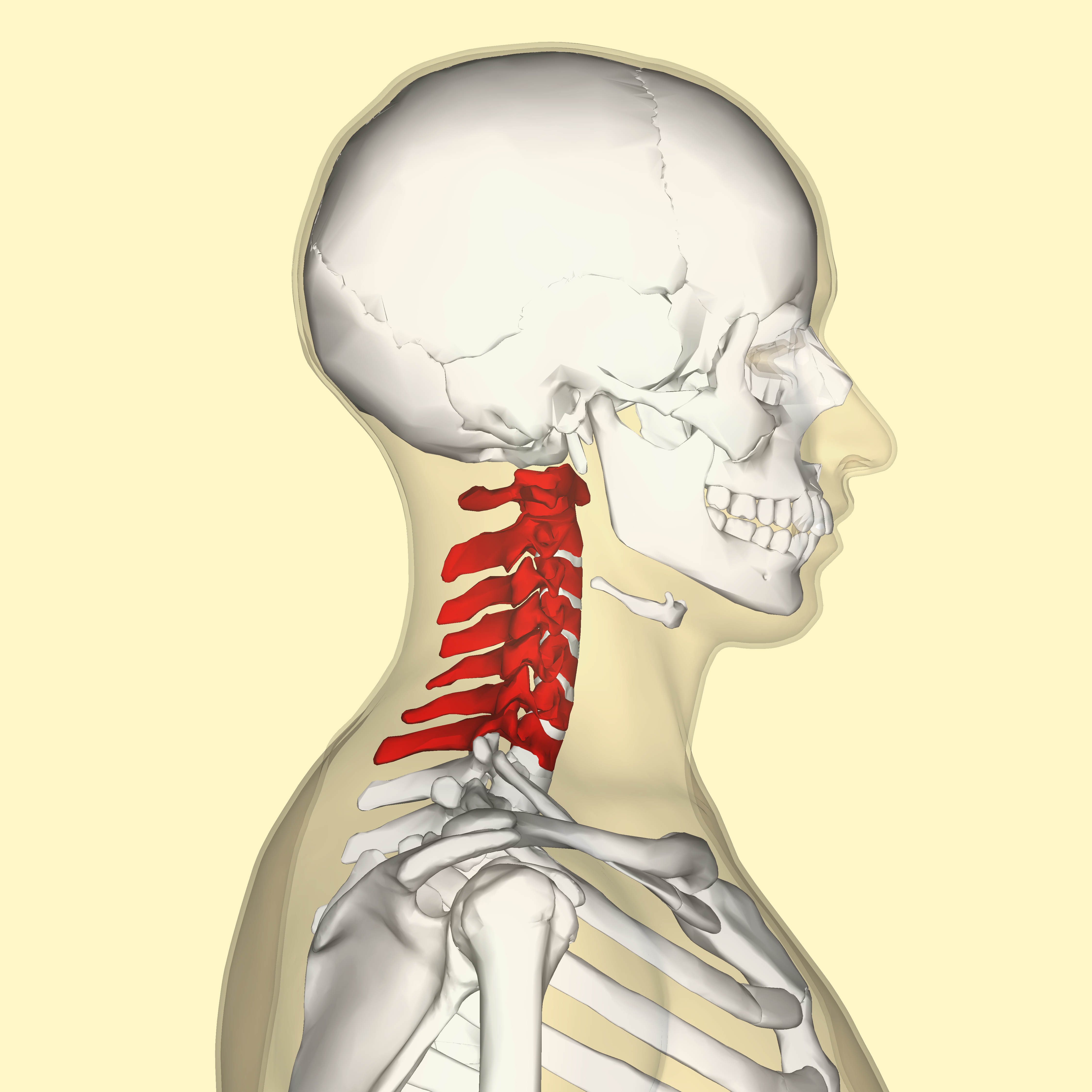Griswold D, Learman K, Kolber MJ, O’Halloran B, Cleland JA. J Orthop Sports Phys Ther. 2018 Feb 6:1-30. doi: 10.2519/jospt.2018.7738.
https://www.ncbi.nlm.nih.gov/pubmed/29406835
Take Home Message: Nonthrust manipulation and thrust manipulation offer similar benefits for people with mechanical neck pain.
The use of thrust manipulation and nonthrust manipulation has been long standing, despite some irregularity in research findings regarding which treatment is more effective. Hence, Griswold and colleagues conducted a multicenter randomized trial to compare the effectiveness of cervical and thoracic nonthrust or thrust manipulation among individuals with mechanical neck pain. The authors randomly split 103 people who had no contraindications for manipulations into two groups. The primary outcome was the Neck Disability Index, which was collected with 6 other outcome measures. Ten clinicians (Orthopaedic Manual Therapy advanced practitioners) delivered either a thrust or nonthrust manipulation to the cervical (neck) or thoraicic (upper back) spine. They applied the manipulation intervention to a person’s most symptomatic area of the spine. The clinician selected the appropriate dosage for each person. The authors used a randomised control trial design to reduce the chance of bias and had a reasonable sample size. The authors found no difference between the two groups on all seven outcome measures.
This is an interesting finding, as we infrequently see research on the difference between these two types of treatment for neck pain. Previously researchers showed that spinal manipulation (non-specified type of manipulation) was more effective than home exercises for neck pain and another study showed that thrust manipulation had similar effects to applying kinesio tape, but neither study used the two different types of manipulation. This study helps us appreciate that it may not matter as much as we previously thought which type of manipulation we use to treat a patient with mechanical neck pain. However, it is important to note that the clinicians could individualize the type of nonthrust or thrust technique as well as the dose for each person. A natural follow up question is how should we decide between thrust or nonthrust manipulations? The most important consideration here is to consider patient preference. Patients can sometimes have apprehension with thrust manipulations, and continuing with them even though the evidence shows they may not be required may result in reduced therapist-client rapport. Likewise, a patient may prefer thrust manipulations; therefore, they may have better outcomes with a thrust manipulation than if nonthrust manipulations were used. Of course, further reading and analysis of the scientific literature would be required before making a final decision. For further research, it would be helpful to assess the seven outcomes immediately after the first treatment (visit 1) as well as 6 and 12 months after discharge. This study failed to review symptoms after discharge, which may have presented insightful findings, as pain symptoms can subside with a delayed time frame after treatment. It would also be interesting to view the efficacy of thrust and nonthrust manipulations against an intervention that includes education-based therapy only. This will help to assess if the treatment protocols influenced symptoms or whether it may have been the nature of time and the natural course of soft tissue healing that caused the pain symptoms to reduce. In the meantime, clinicians may use either type of manipulation but should consider assessing their patient’s preference or apprehensions to a specific treatment.
Questions for Discussion: Have you had any experience of thrust or nonthrust manipulation of the neck? What were your results?
Written By: Kulraj Singh, Tavistock Clinic
Reviewed by: Jeffrey Driban
Related Posts:


I found this article comforting as this semester in one of my courses we covered how to do mobilizations and manipulations to the cervical spine. I found both to be helpful for symptom relief, however, I think I will continue to use mobilizations first if they yield similar results as manipulations for mechanical movement. Thanks for sharing this Kulraj.
Hi Dana,
I'm glad you found the article informative.
I agree with your assessment to utilise mobilisation as a first point of call given there may be less apprehension from patients due to the more subtle nature of the technique as compared to thrust manipulations.
Thanks, and all the best in your studies!
Kulraj